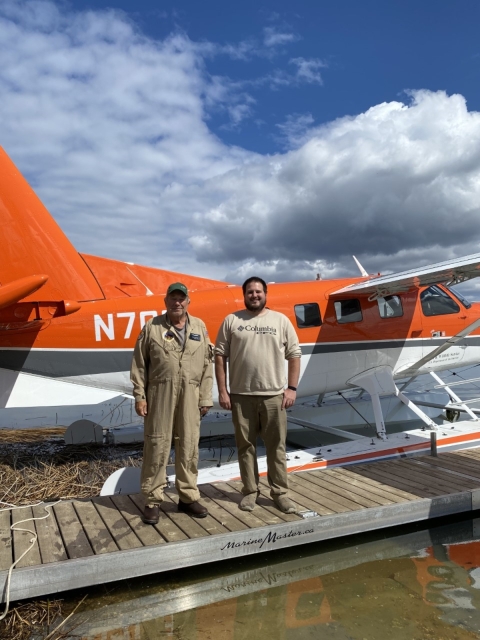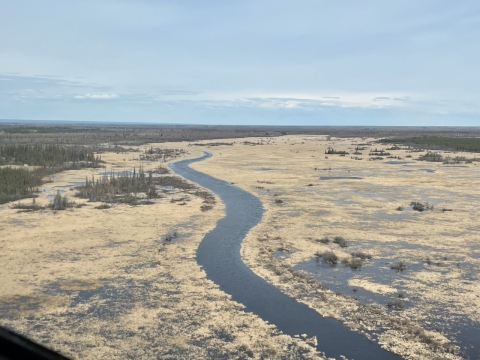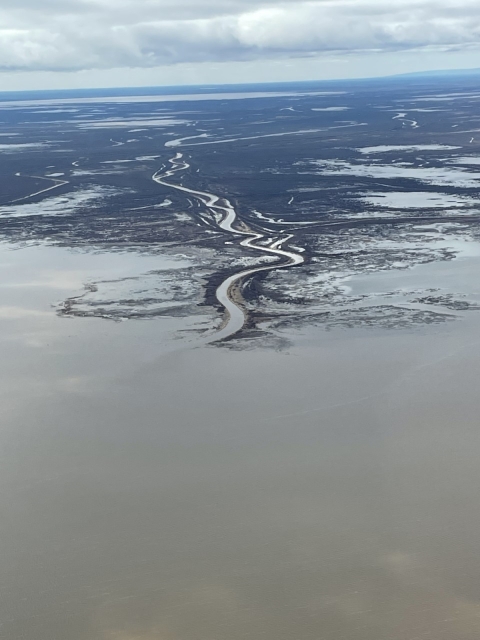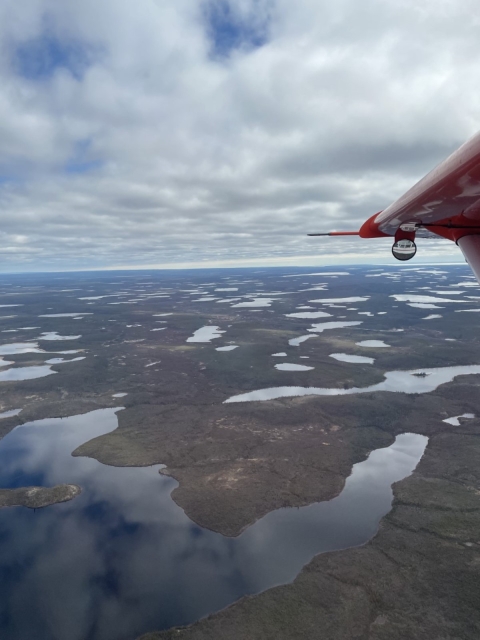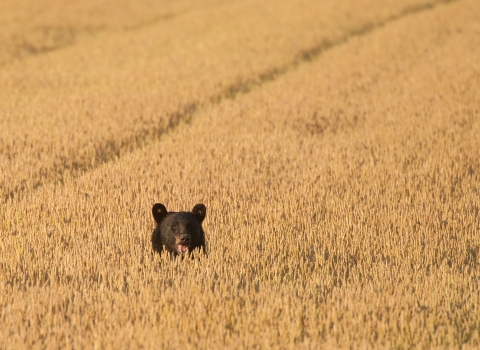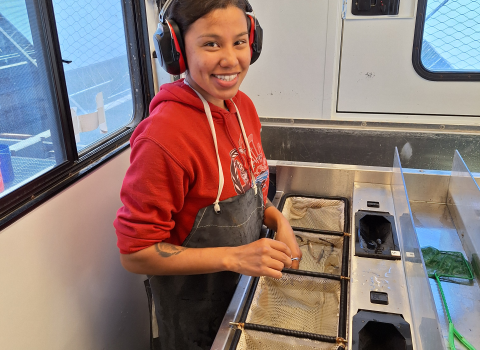Only three short years ago I was busy submitting data I collected in southern Ontario and Quebec as an observer in the right-front seat of a USFWS-operated Kodiak aircraft. Little could I have imagined that in 2022, I would be back in that very same Kodiak for the same Waterfowl Breeding Population and Habitat Survey, only this time I was in the left seat, responsible for both piloting AND observing duties!
This year would also put me in country I’ve never traveled before: northern Alberta and the Northwest Territories. Much like dynamic habitat conditions and waterfowl populations, it is curious how much can change in our lives in a short period of time.
For my inaugural year operating an aircraft for this survey, I was truly blessed to be joined by retired USFWS pilot biologist and long-time friend, Fred Roetker, who served as my mentor and aerial observer for our crew area. Fred’s many years of experience with this survey, the crew area, and “bush” logistics proved invaluable to this greenhorn! I would like to extend a heartfelt “Thank You” to Fred for joining me and providing guidance, and also to his wife, Gail, for letting me “borrow” Fred for over 30 days as we planned for and operated the survey crew area.
Ok, on to our experiences and observations…
The common theme across northern Alberta and the Northwest Territories was a brutally-cold, lengthy winter with above average precipitation in late winter into early spring. This led to full wetlands and flooding rivers throughout much of the survey area. We started a few days later than we usually do to allow the delayed spring temperatures time to thaw and encourage birds to begin utilizing them. Along the southern portions of our area (for reference, towns in these areas include Slave Lake, Fort McMurray, and High Level, Alberta), we found full to flooded wetlands, with good grass margins available for nesting.
As we moved north into the Peace-Athabasca river delta (near Fort Chipewyan, Alberta), we encountered more severe flooding, but with some marsh/grassland areas still available. The Peace-Athabasca delta is the largest freshwater inland delta in North America, and it was quite the experience seeing it first-hand with a bird’s-eye view!
Between the latitudes of Fort Chipewyan and Hay River, Northwest Territories, we encountered some excellent habitat conditions, with waterfowl making use of nearly every wetland we surveyed. As a bonus, we even observed some nesting whooping cranes! Further north (roughly the area between Norman Wells and Pelly Island, Northwest Territories) we encountered more good conditions, except for the northern portion of the Mackenzie Delta.
This area was experiencing major flooding, with very little suitable nesting habitat exposed. The Mackenzie River flooding brought logistical issues to many local towns, as it rendered portions of the Dempster Highway impassable. East of this delta, habitat conditions improved, and we observed pairs of northern pintails, northern shovelers, scoters, and scaup, among many other species.
Overall, habitat conditions in the northern Alberta and the Northwest Territories crew area were good, and we are hopeful conditions remain conducive to successful waterfowl nesting and recruitment. It was a great pleasure to survey the “north country” and make friends along the way. We are looking forward to returning next year for another season of doing what we love.
